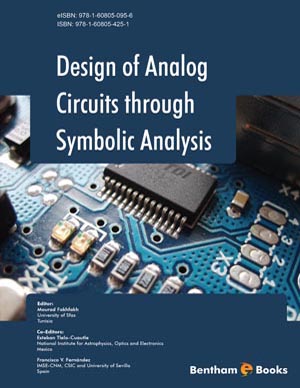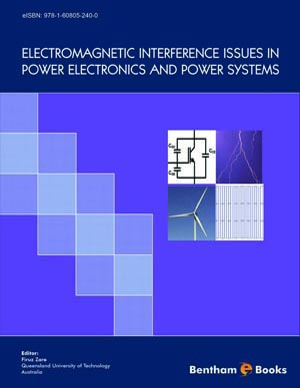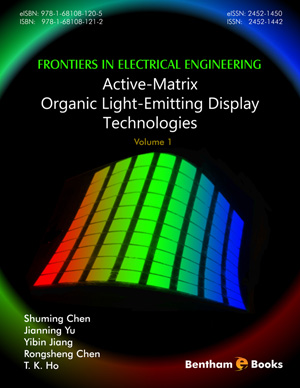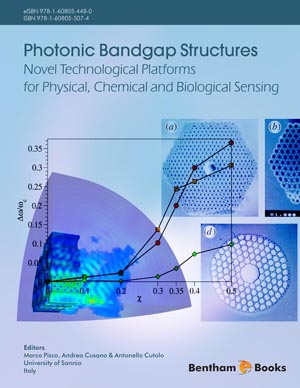Abstract
Nanomaterials play an important role in the fabrication of many devices and
modified materials, due to their unique properties, such as large surface area/volume
ratio, conductivity and high mechanical strength. In the present chapter, the
applicability of nanomaterials in drug analysis is well investigated. The recent trends in
the development of the electrochemical sensor platforms based on state-of-the-art
nanomaterials such as metal nanoparticles, metal oxide nanoparticles, carbon
nanomaterials, conducting polymer and nanocomposites are discussed. The unique
synthetic approaches, properties, integration, strategies, selected sensing applications
and future prospects of these nanostructured materials for the design of advanced
sensor platforms are also highlighted. Various kinds of functional nanocomposites have
led to the enhancement in voltammetric response due to drug - nanomaterials
interaction at the modified electrode surface. So, different mechanisms for the
extraordinary and unique electrocatalytic activities of such nanomaterials will be
highlighted. Potential applications of electrochemical sensor platforms based on
advanced functional nanomaterials for drug analysis are presented. High sensitivity and
selectivity, fast response, and excellent durability in biological media are all critical
aspects which will also be addressed. It is expected that the chemically modified
electrodes with various nanomaterials can be easily miniaturized and used as wearable,
portable and user friendly devices. This will pave the way for in-vivo onsite real
monitoring of single as well as multi-component pharmaceutical compounds. The
significant development of the nanomaterials based electrochemical sensor platforms is
giving rise to a new impetus of generating novel technologies for securing human and
environmental safety.
Keywords: Analysis of drug, Biological fluids, Carbon nanotubes, Conducting polymer, Electrochemical sensor, Graphene, Hybrid nanostructure, Imprinted polymers, Metal nanoparticles, Metal oxide nanoparticles.
















